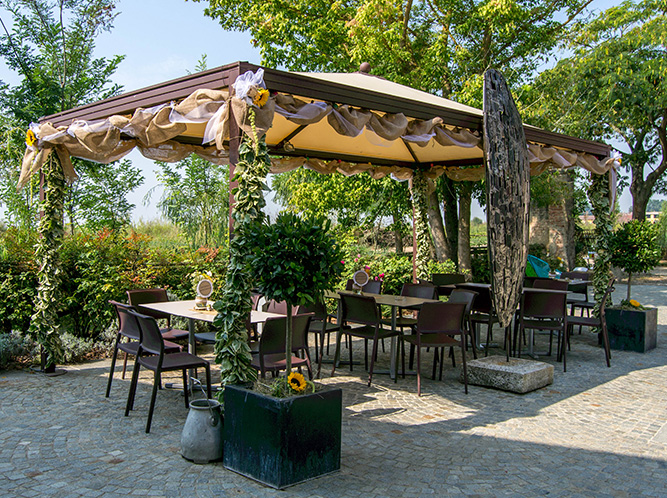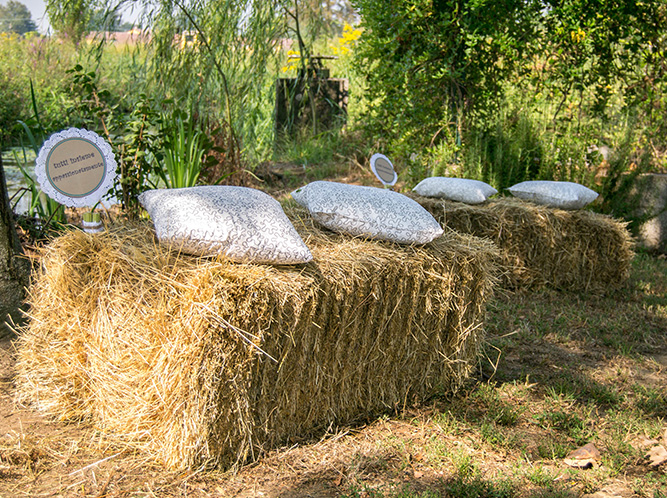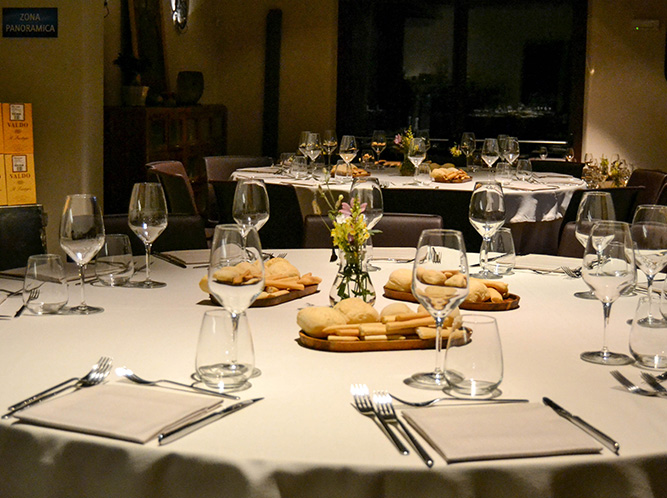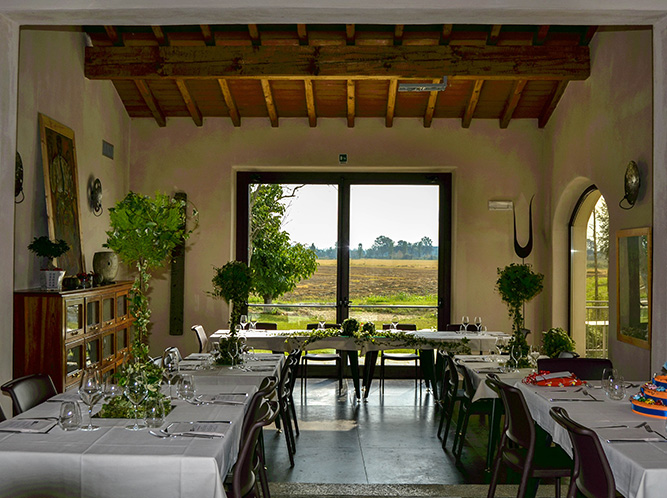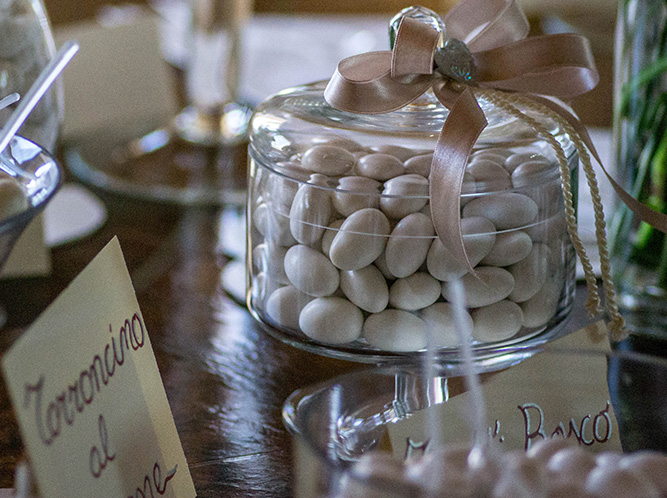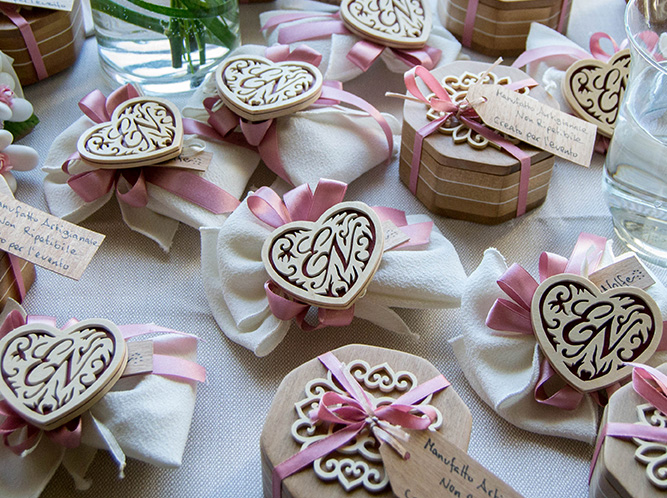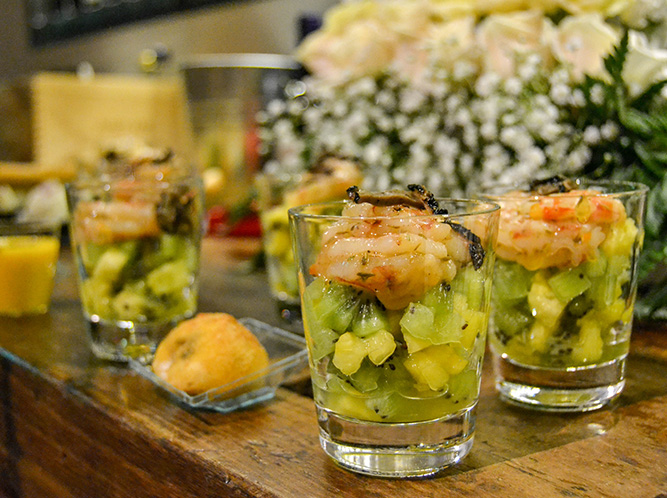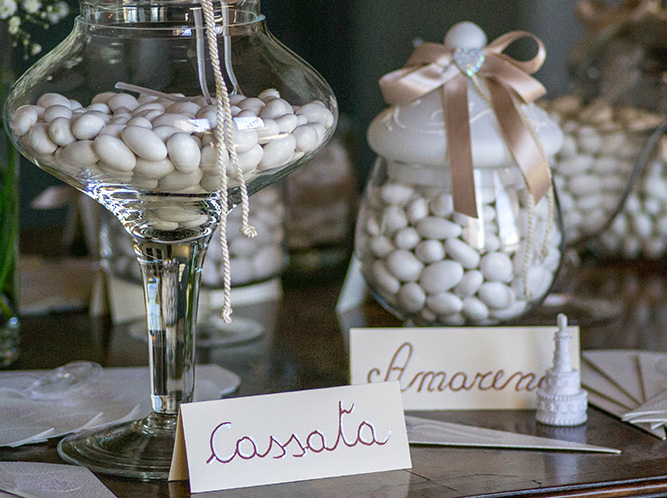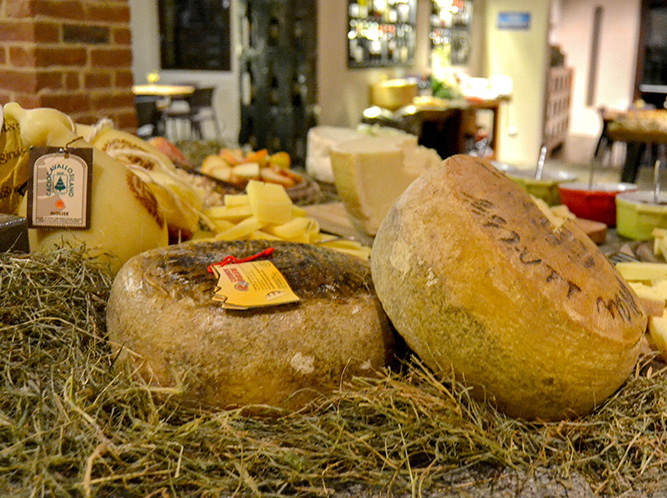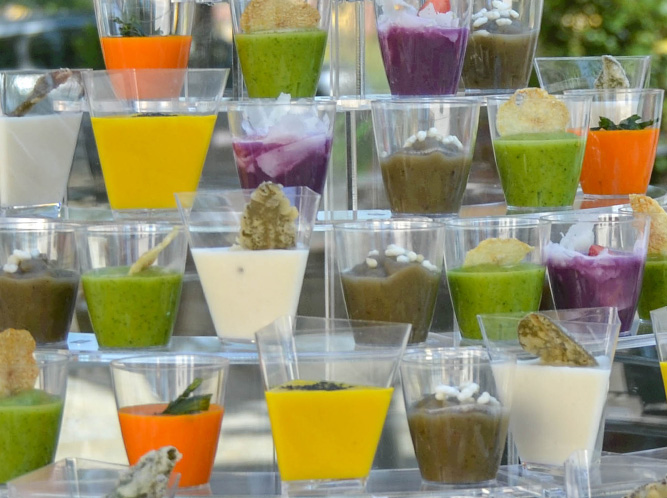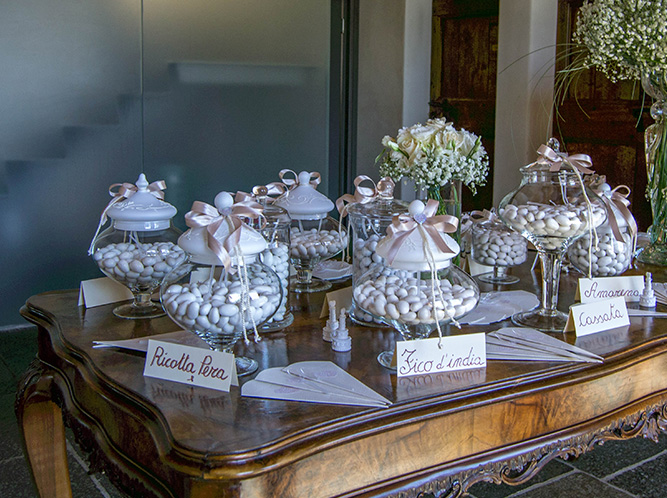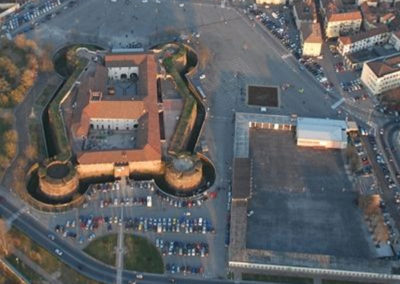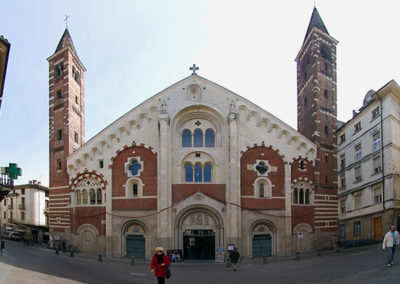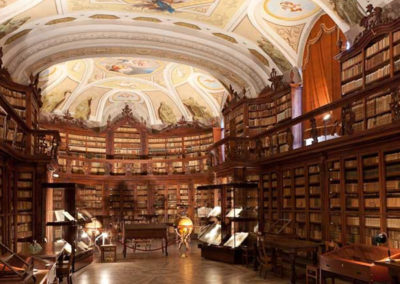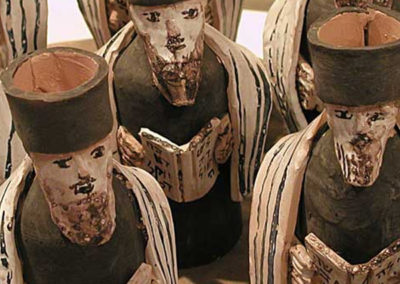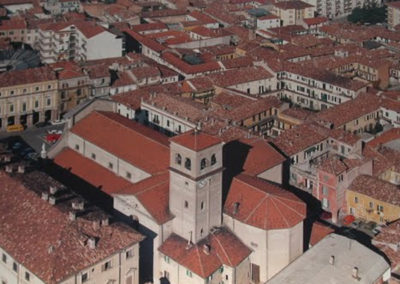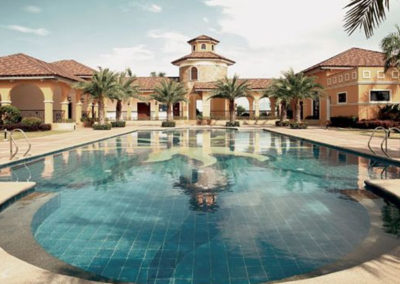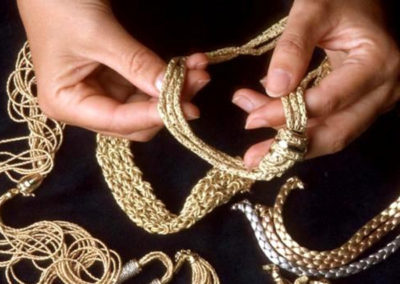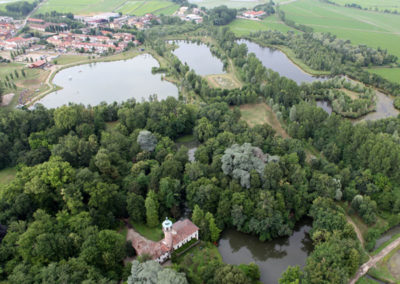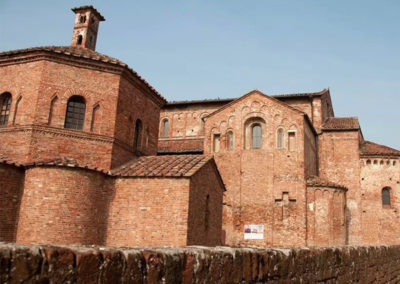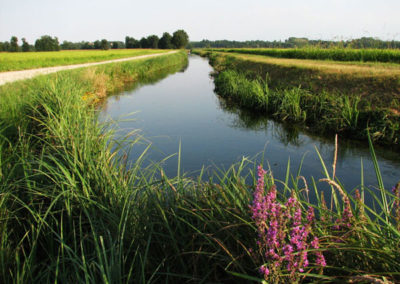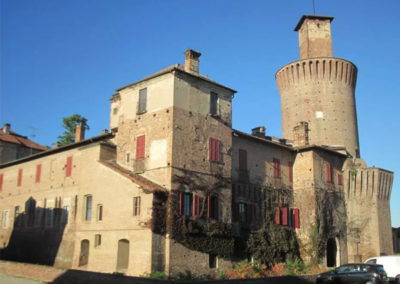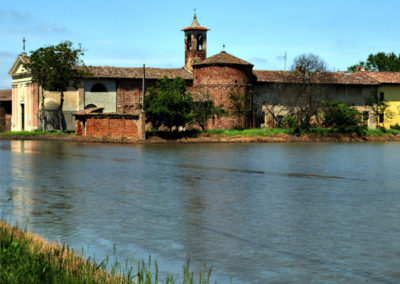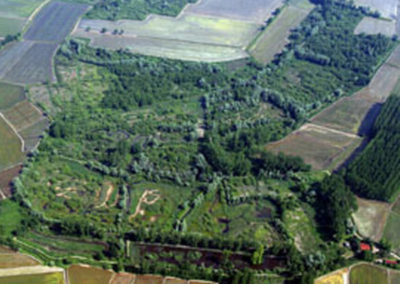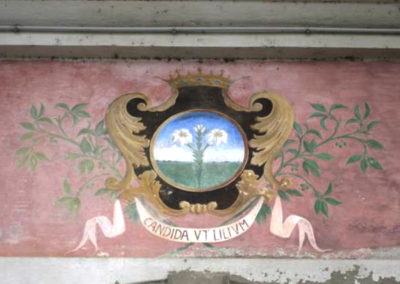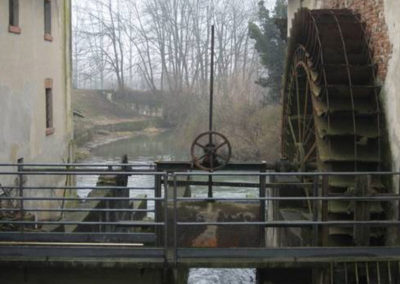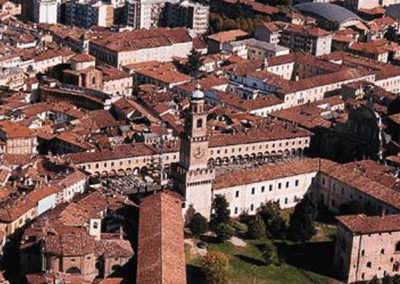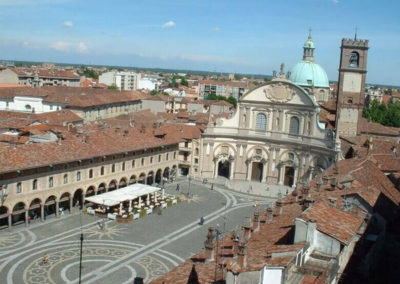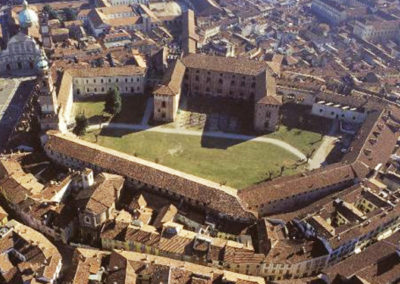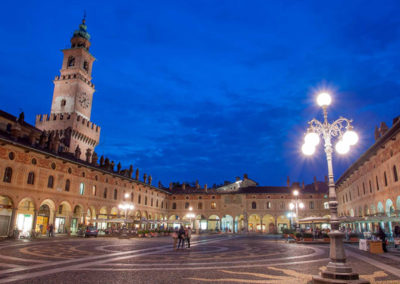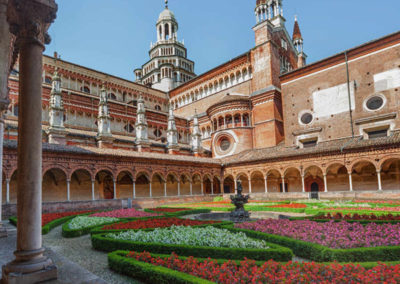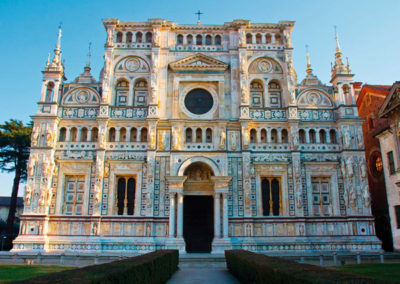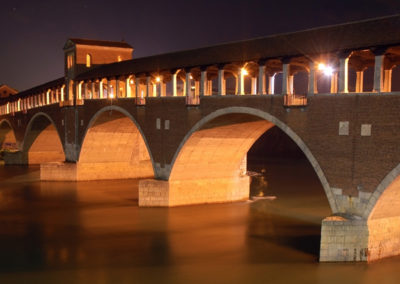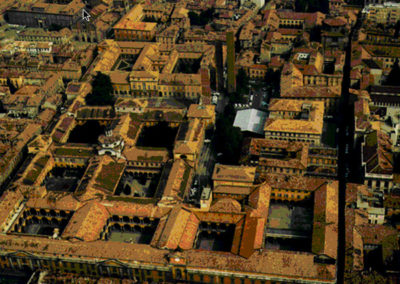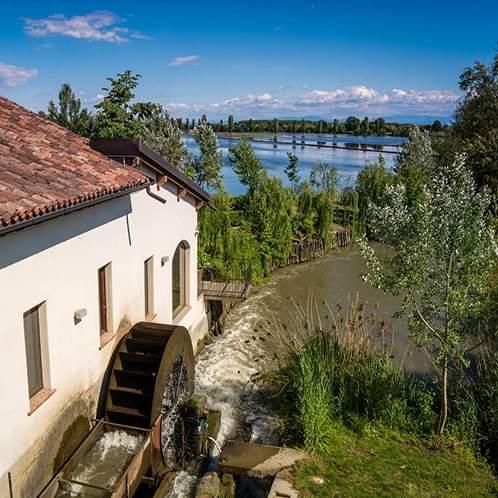
We organize private and corporate events
Acquamatta Restaurant is the perfect location for your private events.
We organize banquets to celebrate the important moments of your life: birthdays and christenings, communions and confirmations, weddings and graduation parties. Any occasion can become special, especially if the context is that of a real green oasis of Lomellina. Pampered by the cuisine of our Chef Alessandro Cerutti,, you can request a tailored menu to complement your experience and that of your loved ones, making it perfect. Finger food, delicacies to suit every palate, fine domestic and international wines and fine desserts, prepared with the passion and experience that characterize our cuisine.
Among the old mills and endless stretches of rice fields, our staff will make sure to meet your every need so you can enjoy memorable moments. Our premises, with spacious indoor and outdoor areas, are great for meetings and corporate events, which are essential for team building. Meetings outside of the work place contribute to increase social cohesion and unity of the group, as we are led to exchange ideas and opinions in a relaxed environment and in total harmony with nature. Acquamatta Restaurant offers you a great range of services: presentation of new products, corporate parties, business meetings, team building activities and best of all tailored arrangements to suit your company.
THE IDEAL PLACE FOR YOUR WEDDING
The Acquamatta Restaurant is the perfect place for a romantic wedding thanks to its beautiful and unique location, excellent hospitality and impeccable service to meet different needs.
Immersed among the most important garzaie of Lombardy and with the presence of the ancient pre-existing mill since 1827, we can make unique and unforgettable “big day” that anticipates a new life in two… your wedding!
Nothing is left to chance, all details will be the result of a day of happiness with family and friends, a memorable day.
Do you want to organize an event?
Business event, birthday party, baptism, Communion, Marriage, etc... Contact usLandmarks
A few steps from the restaurant Acquamatta
Casale Monferrato is a city full of art, history, traditions and culture, as shown by the noble residences, the historic palaces, the buildings, churches and the famous castles scattered on the Monferrato hills.
The historic city centre, in particular, represents the best testimony of the eminent past times of Casale, with the Castle, the civic Tower of the XI century, the Dome, one of the most magnificent examples of the Romanesque-Gothic architecture of the Piedmont region; the palaces of Via Mameli, are an elegant example of the Baroque-Casale style, which is recognizable in the Treville Palace, and the Synagogue in the famous Jewish ghetto.
The area of Casale Monferrato is characterized by a flat territory, where rice is mostly cultivated and presents a wonderful hill area, well-known for the production of fine and renowned wines, which is the location of large wineries and innovative agro-touristic initiatives.
The Casale area is also a historical industrial area; in the second half of the previous century, it wrote significant pages of the Italian industrial revolution in the Piedmont region and it was well-known in the cement sector.
The development of cultural, recreational and social activities in the city was favoured by important institutions like a rich library, the theatre, the museum and the Gipsoteca, a significant historic archive, as well as modern sport facilities.
Valenza is a small town in the Piedmont region, which is located between the River Po and the Monferrato hills. It is known because it is considered an international capital city for jewellery; the majority of precious stones imported in Italy to produce jewels (more than 70%) arrive in Valenza; more than the 65% of the production is focused on the export towards more than 150 Countries of the world, manly United States, Japan, European Union, and the Middle East.
Together with Valenza, Monte Valenza is a very interesting location; it is a very welcoming village, with few inhabited houses but with a great historic identity. The historic centre of the village is the most interesting part, which is located at the top of the mount, with all newest villas downstream.
One aspect that makes Valenza a very nice town, a town submerged between hills and mountains, is the large spa complex, which stands out for its exclusivity and welcoming identity. Before visiting this spa complex, it is recommended visiting the city centre, where you will discover the jewels that Monte Valenza can offer. In the city centre of this little village, there is the Sant’Eusebio church, surrounded by trees in the little plaza, and adorned by nice fountains and colourful flowerbeds. The main street is Via Italia, the main road of this village, where there is also a wonderful Convent church, dominated by a beautiful bell tower.
The Lomellina is a wonderful flat territory situated in south-west part of the Lombardy region, at the border with the provinces of Alessandria, Novara and Vercelli. The paddies and the sweet corn fields occupy the majority of the territory, with few buildings crossed by a modest road network. Ancient farmsteads, medieval castles, powerful fortified towers, Romanesque parish churches, churches and abbeys of ancient times represent the immortal trace of humankind throughout the centuries. Three big rivers mark its borders (River Po, River Sesia, and River Ticino) together with a lot of canals, water flows, irrigation ditches, spring water and torrents that nourish a very luxuriant nature, with wide stretches of woods that surround the main water flows.
You must visit the formidable castle of Sartirana, a wonderful defensive structure, with a big fortified tower made up by different volumes: prism, cylinder and parallelepiped. One curious fact: the architect that designed this building, Bartolomeo Fioravanti, was one of the designers of the Kremlin in Moscow and the Sforza Castle in Milan.
In the medieval town of Breme, you can visit the wonderful abbey with the underlying crypt.
In Lomello, an ancient village, beloved by Langobardic kings and gives the name to all the territory, there is the beautiful medieval Basilica of Santa Maria Maggiore, one of the most important examples of Romanesque-Lombard style. Just few metres from here, there is the castle of Lomello which is now the offices of the Municipality.
Le Garzaie di Lomellina is a wide rice area, with remaining parts of an ancient plain forest that represents little natural lungs full of biodiversity. Yet at the beginning of the 80’s, the need to preserve this forest pushed the institutions to transform them in a protective area, where you can travel back in time before the arrival of Romans and the recoveries, and find the origins of the territory.
The paths that have been recently reactivated are articulated through various habitats: the dense rushes and the willows, the irrigation ditches with the transparent water of springs, the luxuriant woods of black Alders. The excursion allows staring at the herons setting up their nests and feed their chicks.
A guided tour in the heronry becomes an experience full of ecology, history of the territory, ethology and that strange feeling of being submerged in a place which is extraneous with this context, where sounds are different, made of shouts and thousands of calls of the herons.
In Vigevano, the Ducal Plaza represents the heart of the Renaissance of this town and the meeting point of its inhabitants; it is a harmonious rectangle surrounded on three sides by uniform buildings, with arched galleries supported by granite columns, and closed with the concave and Baroque façade of the Sant’Ambrogio cathedral on the Eastern side.
The majestic Tower of the Castle dominates over the plaza; it is also called Bramante Tower, and it is made by overlapping volumes with two orders of Ghibelline battlements. The castle of Vigevano arises in the highest point of the town; it was built by Luchino Visconti, lord of Milan, in the first half of the 1300’s. During the Sforza time period, the castle was expanded and the rooms were frescoed; it became a sumptuous abode, which hosted the court for many stays. Then, the stable and the Dames Loggia (Loggia delle Dame) were built; the latter was built for the duchess Beatrice d’Este, the young wife of Ludovico il Moro, who died in her early twenties. Arcades were erected on the Falconiera and on the bridge that connected it to the castle.
The Dome dedicated to Sant’Ambrogio began its works in 1532, commissioned by Francesco Sforza, the son of Ludovico il Moro, on the design of Antonio da Lonate. The current Baroque façade, which covers the previous one, were designed by the bishop Juan de Caramuel Lobkovitz and were built around 1680. The transformation realized by the Spanish bishop implicated the knocking down of the access ramp to the castle of the 1400’s, which was situated at the foot of the tower.
Pavia has preserved many monuments of its glorious medieval past, when it was one of the most important cities of Northern Italy. Among all beautiful churches, the Dome with one of the biggest dome of Italy, and the Basilica of San Michele, a masterpiece of the Romanesque-Lombard style, are the most important ones. The city tour goes on with the Castello visconteo, a building with a square plan, four towers and a wide moat, is now the location of the civic museum with evidences of Roman age, sculptures of Longboard age and the art gallery. There is also the famous covered bridge, a remake of the fourteenth-century structure which was destroyed during the Second World War; it leads to the Borgo Ticino (Ticino Village) where there is the church of Santa Maria in Betlem.
Between Pavia and Milan, the majestic marble complex of the Carthusian convent was built in the Fourteenth century commissioned by Gian Galeazzo Visconti.
The Certosa of Pavia was completed a century later with the construction of the church; it is a place where the atmosphere of concentration and the preciousness of art rule. Soon at the entrance, the carved marble door prepares the visitor for the nobility through which the site was conceived; inside it, there is the palazzo Ducale, where famous guests are located. In the end, the marble façade of the church sticks out on a wide courtyard.

